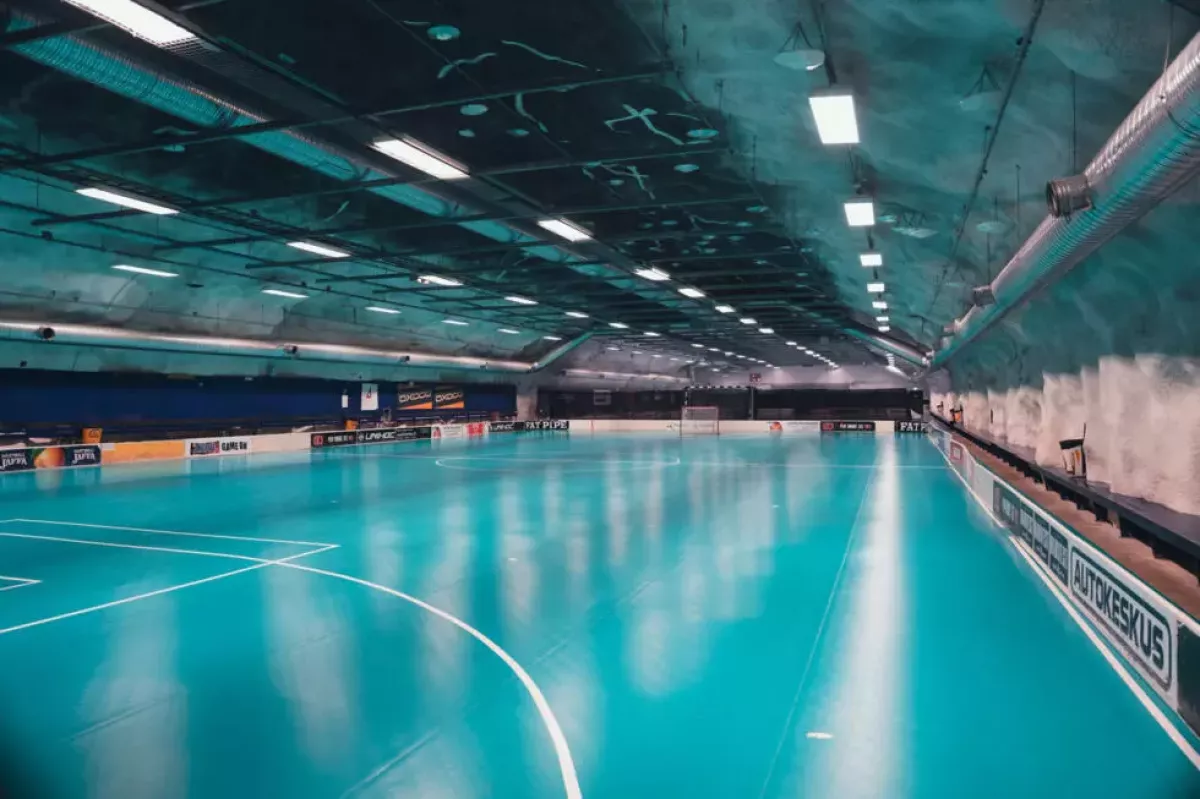Why Europe looks at Finland's colossal underground civil defence network for inspiration
Swimming pools, playgrounds, and amusement parks: Finland’s underground structures that double as bomb shelters have gained attention as a forward-thinking model, especially as European nations boost readiness amid shifting security dynamics intensified by the war in Ukraine and changing US global defence strategies.
Bordering Russia along a 1,340-kilometre frontier, Finland has long integrated civil defence shelters into its national preparedness system. The French AFP has documented in their recent article what they sae during a guided tour they were granted through the underground facilities, which date back to the lead-up to World War II.
Carved deep into Helsinki’s granodiorite bedrock, the Itakeskus swimming hall offers a striking example: while families enjoy the water and saunas, the facility can transform into a bombproof shelter for 3,800 people within 72 hours.
“This is the world’s largest civil defence shelter with a swimming hall,” said Teemu Raatikainen, who has overseen the facility’s maintenance for nearly three decades.
Of Finland’s 50,500 civil defence shelters — which collectively can protect 4.8 million of the country’s 5.6 million residents — many serve dual purposes in peacetime and wartime alike.
Another example is Helsinki’s Merihaka shelter, which has capacity for 6,000 people and includes an underground playground, ball courts, and a gym — all well-kept because of daily civilian use.

“We always emphasize this dual use — for normal and emergency times,” said Jarkko Hayrinen of the Finnish interior ministry as he guided reporters through the shelter’s blast-proof corridors.
This multi-use concept is central to Finland’s national security model, which has earned global interest since the outbreak of the conflict in Ukraine and Finland’s entry into NATO in 2023.
Hayrinen noted that Finland’s shelter-building legislation dates back to 1939, just two weeks before the Soviet Union’s attack that triggered the Winter War. “Back then, we weren’t prepared to shield civilians — and we learned the hard way,” he said.
Virtually every citizen has access to bomb shelters, with Helsinki alone offering protection for over 900,000 people — more than the capital’s total population.
“This approach of involving all societal sectors in national security has become part of Finland’s identity,” said Matti Pesu, a senior researcher at the Finnish Institute of International Affairs. “The shelters are a physical testament to how the state protects its people.”
Finland’s largest public shelters, mainly located in urban centers, are designed to resist explosions, collapsing structures, radiation, and hazardous substances.
Under Finnish law, any building exceeding 1,200 square metres must include a bomb shelter. Comparable systems exist in countries like Switzerland, Sweden, Norway, and Israel. “These nations share a history of neutrality or difficult geographic positioning,” Pesu explained.
Finland, where men are required and women may opt to serve in the military, can rapidly deploy 280,000 troops, supported by a reserve force of approximately 900,000.
According to the article, Finland announced on April 1 that it will raise defence spending to at least 3% of GDP by 2029 in light of Helsinki’s perception of Russia’s growing threat, underscoring its commitment to security resilience.
Dignitaries such as Ukrainian President Volodymyr Zelenskyy and Denmark’s King Frederik X and Queen Mary have recently toured Merihaka’s extensive shelter system.
By Nazrin Sadigova








